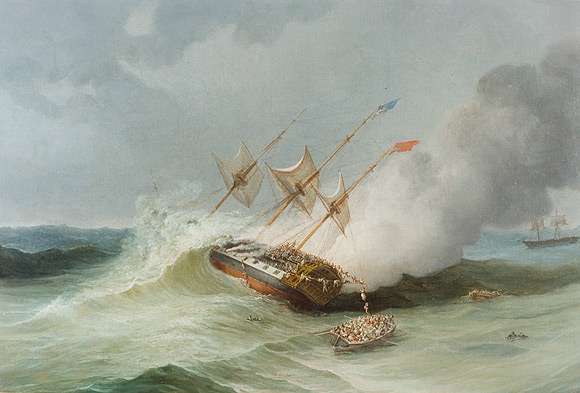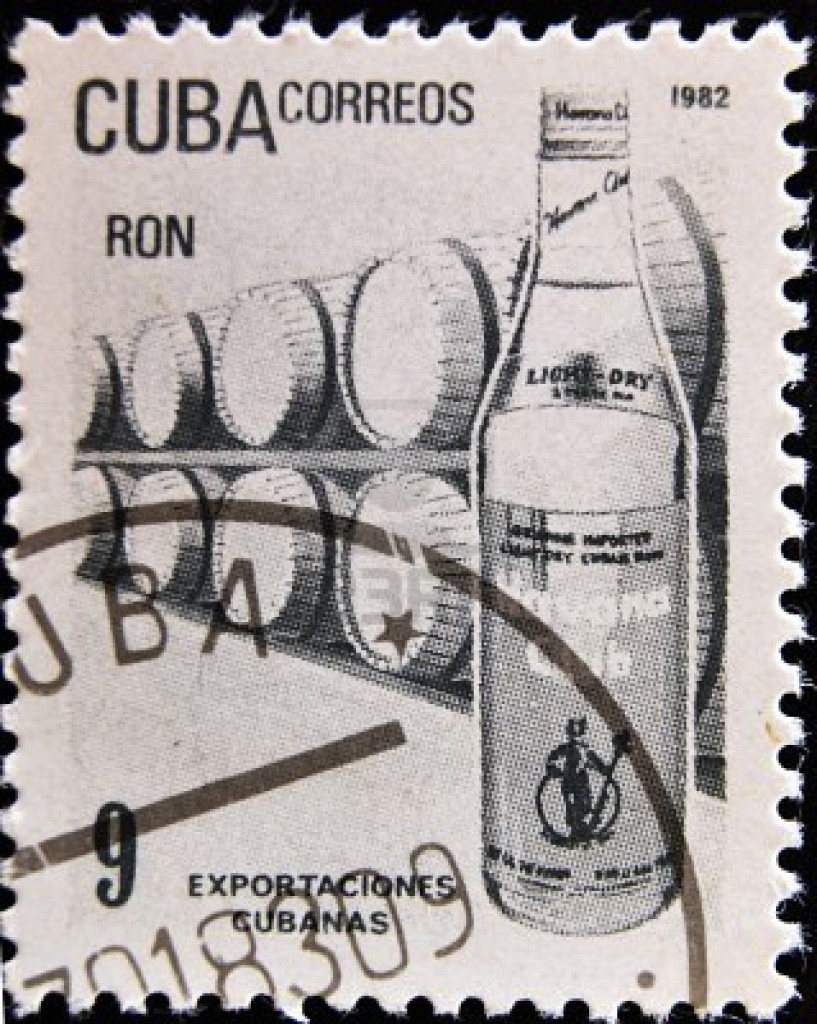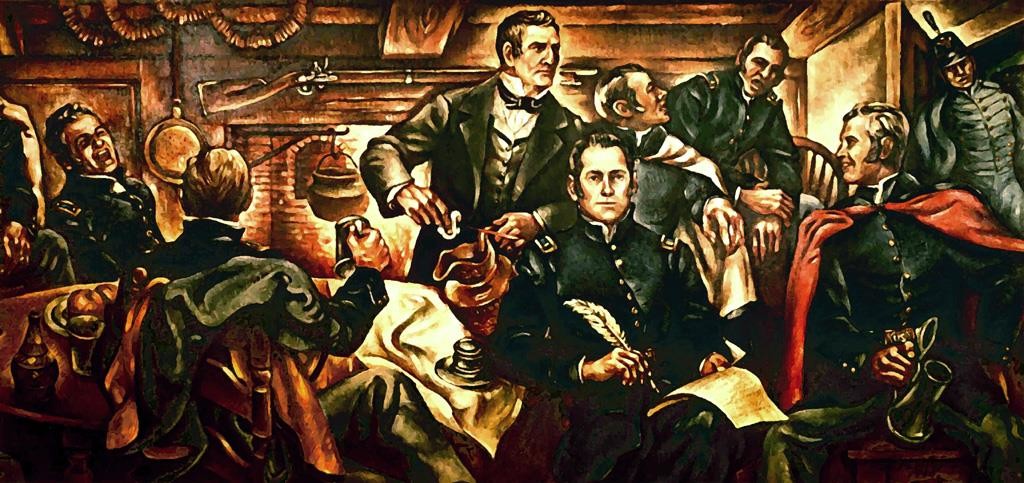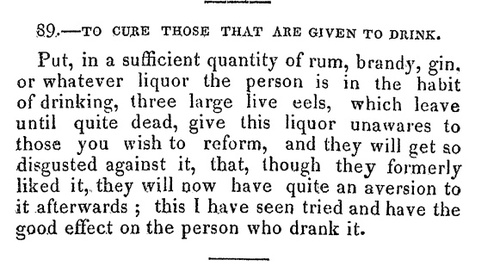Originally posted 24 May 2012
Sailors aboard a shipload of rum might be delighted by the opportunities to tap one of the kegs in the hold, but they had to keep in mind one of the dangers inherent in a cargo of flammable liquid.
This painting depicts the last minutes of the Kent, a cargo ship that was on its maiden voyage in 1825 when she caught fire and sank. As a later report put it, ” By the roll of the vessel, a cask of spirits had been displaced; and, as the men were about to fix it in its former position, a heavy sea struck the ship, and precipitated a candle from the hands of one of them. This, falling on a small portion of the spirits, which had escaped from the cask, produced an instant conflagration, which defied every effort to stay its progress.” The ship had been on the way from London to India, but had only made it to a point near the coast of France before burning and sinking. Eighty-one people were killed despite the presence of a nearby ship that picked up the survivors, and captains around the world demanded greater scrutiny of rum cargoes to make sure none had leaked. There can be no accurate accounting of how often this kind of accident happened, since most ships that suffered such an accident must have left no survivors to tell the tale.









